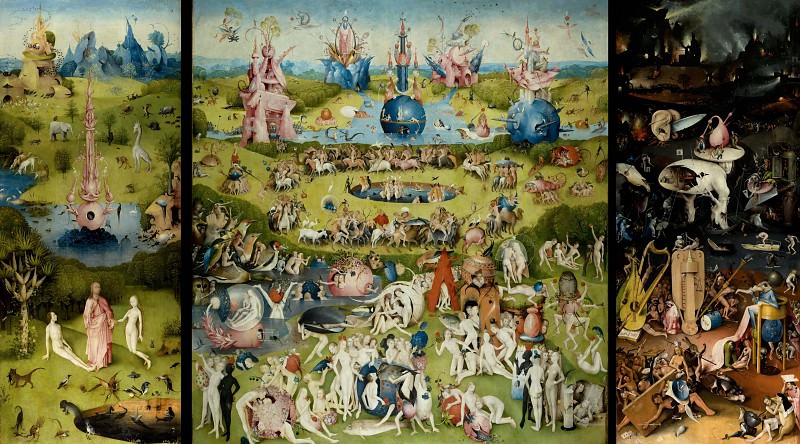Gerrit Rietveld: A Legacy in Modern Art and Design
Gerrit Rietveld, a Dutch furniture designer and architect, is best known for his contributions to the De Stijl movement and his innovative approach to modernism in both art and architecture. His work is characterized by simplicity, geometric forms, and a strong emphasis on functionality. As one of the key figures in 20th-century design, Rietveld's creations have left an indelible mark on the world of art and architecture.
The Red and Blue Chair: A Masterpiece of Modernism
One of Rietveld's most iconic pieces is the Red and Blue Chair, designed in 1917. This chair is a quintessential example of De Stijl principles, embodying the movement's emphasis on abstraction, primary colors, and geometric forms. The chair's design, with its straight lines and right angles, is a departure from traditional furniture forms, reflecting Rietveld's desire to create functional art. The use of red, blue, and yellow—primary colors that were central to the De Stijl movement—further emphasizes the chair's modernist aesthetic. The Red and Blue Chair is not only a piece of furniture but also a sculptural object that challenges the boundaries between art and design.
The Schröder House: An Architectural Innovation
In 1924, Rietveld completed his most famous architectural work, the Schröder House, in Utrecht, Netherlands. The house, designed for Truus Schröder-Schräder, is a prime example of De Stijl architecture, featuring an open-plan layout, flexible spaces, and a minimalist aesthetic. The house's design reflects Rietveld's belief in the integration of architecture and furniture, with built-in elements and movable walls that allow the space to be reconfigured according to the occupants' needs. The Schröder House is a UNESCO World Heritage site and remains a symbol of modernist architecture.
Rietveld's Contribution to the De Stijl Movement
Rietveld's work was deeply influenced by the De Stijl movement, which was founded by Theo van Doesburg and Piet Mondrian in 1917. The movement sought to create a new visual language based on abstraction and universality, using simple geometric shapes and primary colors. Rietveld's designs embodied these principles, pushing the boundaries of traditional furniture and architecture. His work is a testament to the movement's ideals of harmony and order, and his contributions helped to establish De Stijl as a major force in modern art.
Beyond De Stijl: Rietveld's Later Work
While Rietveld is most closely associated with De Stijl, his work continued to evolve throughout his career. In the 1930s and 1940s, he experimented with new materials and techniques, exploring the possibilities of mass production and prefabrication. His designs from this period, such as the Zig-Zag Chair and the Crate Furniture series, reflect his interest in simplicity and functionality. These pieces are characterized by their minimalist forms and use of inexpensive, readily available materials. Rietveld's later work demonstrates his commitment to making good design accessible to a broader audience.
Rietveld's Influence on Modern Design
Gerrit Rietveld's work has had a profound impact on modern design, influencing generations of architects and designers. His emphasis on simplicity, functionality, and the use of geometric forms has become a hallmark of modernist design. Rietveld's furniture, with its clean lines and innovative use of materials, continues to be celebrated for its timeless appeal. His architectural designs, particularly the Schröder House, are regarded as landmarks of modern architecture, inspiring new approaches to space and form.
Rietveld and the Bauhaus Connection
Rietveld's work also has strong connections to the Bauhaus school, another major influence on modern art and design. The Bauhaus, founded in Germany in 1919, shared many of the same principles as De Stijl, including a focus on abstraction, simplicity, and functionality. Rietveld's designs, particularly his furniture, resonated with the Bauhaus's ideals, and he was invited to exhibit his work at the school's exhibitions. The interaction between De Stijl and Bauhaus helped to shape the development of modernism in Europe, with Rietveld playing a key role in this cross-pollination of ideas.
The Enduring Legacy of Gerrit Rietveld
Gerrit Rietveld's legacy in art and design is enduring. His work continues to be studied and admired for its innovative approach to form, function, and materiality. Rietveld's ability to blend art and design, creating objects that are both functional and aesthetically striking, has cemented his place as one of the most important figures in modernism. His designs remain relevant today, with pieces like the Red and Blue Chair and the Schröder House still regarded as benchmarks of good design.
Conclusion: Rietveld's Vision for the Future of Design
Gerrit Rietveld's vision for the future of design was one of simplicity, functionality, and universality. He believed that good design should be accessible to everyone, and his work reflects this belief. Rietveld's contributions to modern art and design have left a lasting impact, influencing the way we think about space, form, and the relationship between art and everyday life. His work continues to inspire designers and architects around the world, and his legacy as a pioneer of modernism remains as strong as ever.




